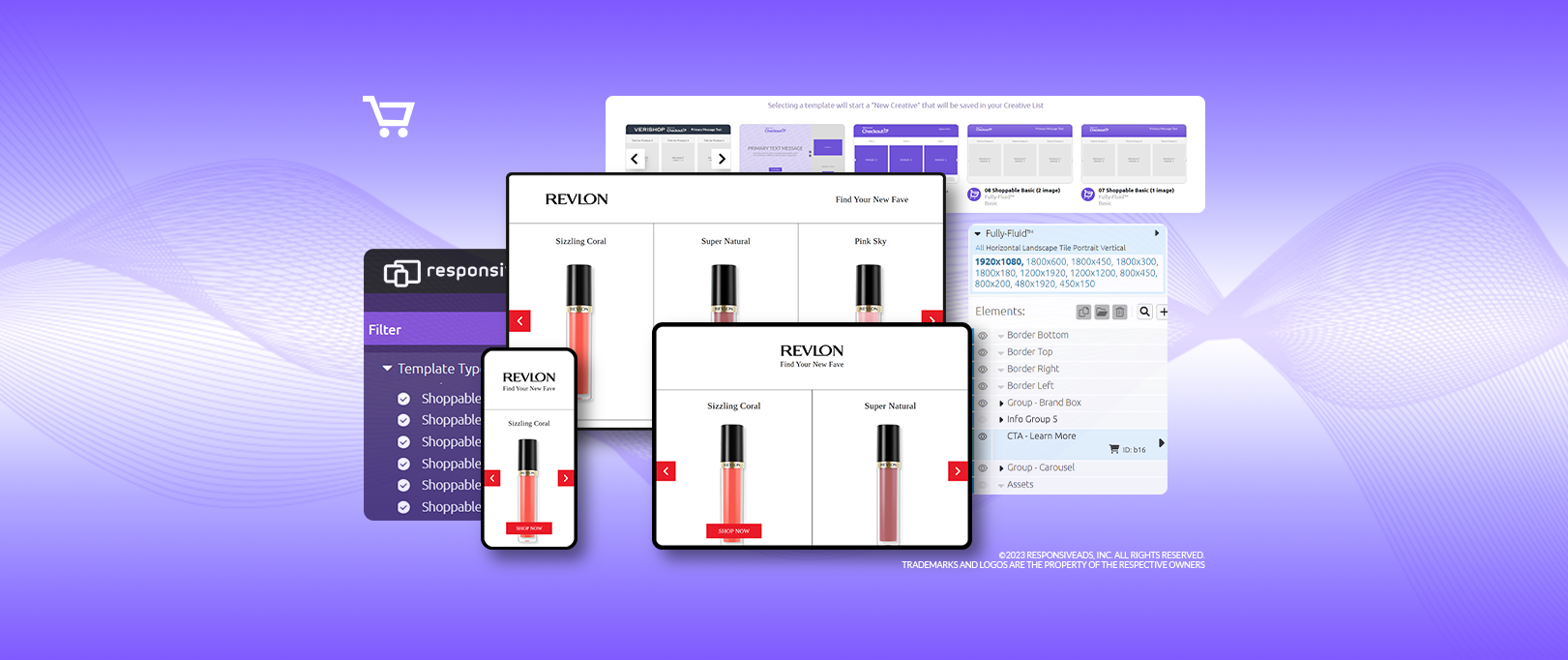What can a News Publisher do about this?
First and foremost, If you do not have a PLA/Shopping ad as part of your line-up to sell, this would be a great time to add one to your advertising formats and sales strategy. The relationships you have with your local advertisers should support an excitement to bring their listings directly into your properties as part of a distribution strategy for them as well as beef up content and relevance for your readers.
With the depreciation of the third-party cookie, News Publishers should also think about a 1st party data strategy that would be paramount to building your PLA/ Shopping ads strategy for your clients. In understanding how that 1st party data can efficiently be used there are several key points to consider.
- Personalization: First-party data allows advertisers to create highly personalized shopping experiences for their customers.
- Targeted Advertising: With first-party data, you can create more targeted and relevant advertising campaigns from the location, time of day, weather, or even the key segments of your news publication.
- Retargeting: First-party data is crucial for retargeting campaigns. If a customer has visited your website, and viewed certain products, but didn’t make a purchase, you can use first-party data to retarget them with specific ads showcasing the products they showed interest in.
And finally a key to determining the right kind of Shopping Ad system you want to put in place,
Improved Ad ROI: Targeting the right audience with relevant products increases the chances of conversion, leading to a higher return on investment (ROI) for your advertising efforts. This is especially important in the competitive landscape of online shopping.
Improved Ad ROI and the Type of Shopping Ad
ROAS (Return on Ad Spend) or Improved Ad ROI are going to be important measures of effectiveness for you to sell Shoppable Ads. A good ROAS would be about 5~7X of the Ad Spend.
Here is a simple calculation for you and your clients:
ROAS= Revenue / (AdImpressions÷1000)×CPM
- Revenue: The total revenue generated from the digital advertising campaign.
- AdImpressions: The total number of ad impressions delivered.
- CPM: Cost Per Mille, which is the cost of 1000 ad impressions.
It’s important to note that ROAS is typically expressed as a ratio or percentage. For example, if you generated $5,000 in revenue from a campaign with a $1,000 ad spend, the ROAS would be 5, indicating that you earned $5 for every $1 spent on advertising.
As part of this process, you should consider these three types:
Click-out Shopping Ads
These types of Shopping ads drive traffic away from your site to your client’s pages. When the user clicks on the call to action button they are driven to the product on the retailer page
In-Page Shopping Ads
This is a common strategy for many publishers. It is building a shoppable experience within your page content, a continuation of many of the affiliate systems of embedding shoppable call-to-action buttons and the cart within the editorial content.
In-Ad Shopping Ads
This is an exciting new approach that is emerging and going to be big in 2024. The ability for consumers to buy directly in the ad itself.

